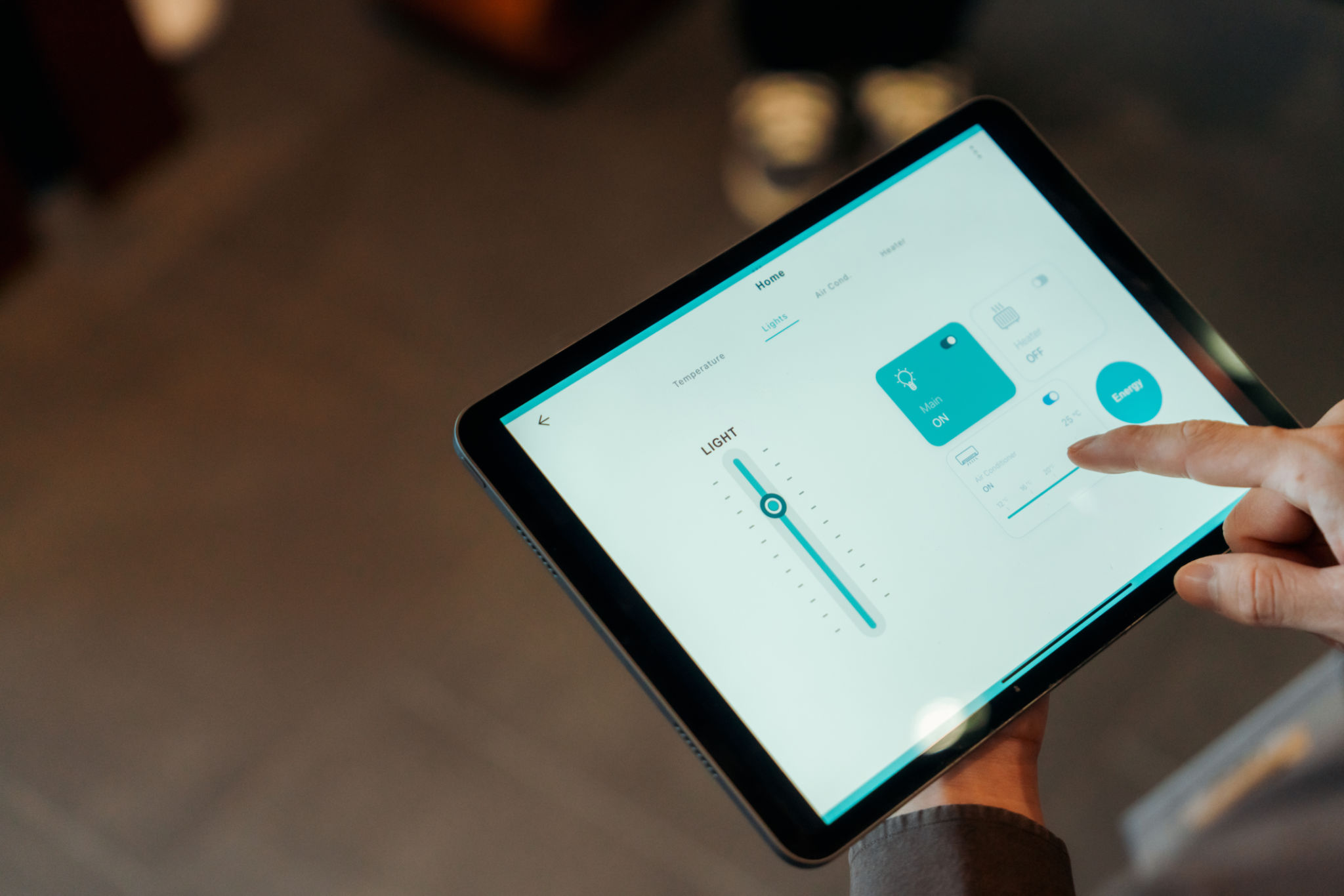Sustainable Interior Design: How to Incorporate Eco-Friendly Practices in Your Home
Understanding Sustainable Interior Design
Sustainable interior design is all about creating a home that's not only beautiful but also environmentally friendly. By integrating eco-friendly practices into your home, you can reduce your carbon footprint and contribute to a healthier planet. This approach involves using materials and products that have a low environmental impact, optimizing energy efficiency, and enhancing the overall well-being of occupants.
The principles of sustainable interior design are rooted in the idea of minimizing waste and conserving resources. This can be achieved by choosing renewable materials, reusing existing furniture, and prioritizing products that are locally sourced. By doing so, you ensure that your home not only looks good but also supports a sustainable lifestyle.

Choosing Eco-Friendly Materials
One of the most effective ways to incorporate sustainability in your home is by selecting eco-friendly materials. Opt for materials like bamboo, reclaimed wood, or recycled metal when it comes to furniture and flooring. These materials are not only durable but also have a lower environmental impact compared to their conventional counterparts.
In addition to choosing sustainable materials, consider using non-toxic paints and finishes that do not release harmful chemicals into the air. This can significantly improve indoor air quality and promote a healthier living environment for you and your family.

Energy Efficiency and Lighting
Improving energy efficiency is a crucial aspect of sustainable interior design. Start by switching to energy-efficient appliances and lighting fixtures that consume less power while still providing the desired level of functionality and aesthetics. LED bulbs, for example, use up to 80% less energy than traditional incandescent bulbs and last much longer.
Maximizing natural light is another effective way to reduce energy consumption. Use light-colored window coverings to allow more sunlight into your home, and strategically place mirrors to reflect light and make spaces feel brighter and more open.

Incorporating Biophilic Design
Biophilic design is an approach that seeks to connect indoor environments with nature. By incorporating natural elements into your home, you can enhance both aesthetics and well-being. Consider adding indoor plants, which not only improve air quality but also add a touch of greenery to your space.
Water features, natural textures, and earthy color palettes can also help create a serene and relaxing atmosphere. These elements work together to foster a deeper connection with nature, promoting mental health and reducing stress levels.

Repurposing and Upcycling
Repurposing and upcycling are innovative ways to practice sustainability in interior design. Instead of discarding old furniture or decor items, consider giving them a new life. With some creativity and DIY skills, you can transform outdated pieces into stylish additions to your home.
Upcycling reduces waste and minimizes the demand for new products, which often require significant resources to produce. It's an excellent way to personalize your space while supporting sustainable practices.
Supporting Local Artisans
Another way to embrace sustainable interior design is by supporting local artisans and craftspeople. Locally made products usually have a smaller carbon footprint compared to mass-produced items that require long-distance shipping. Additionally, purchasing from local artisans helps sustain their livelihoods and keeps traditional crafts alive.
Look for handmade furniture, textiles, and decorative items that reflect your personal style while contributing positively to the environment. By making conscious choices about where you shop, you can make a meaningful impact on both your local community and the planet.
